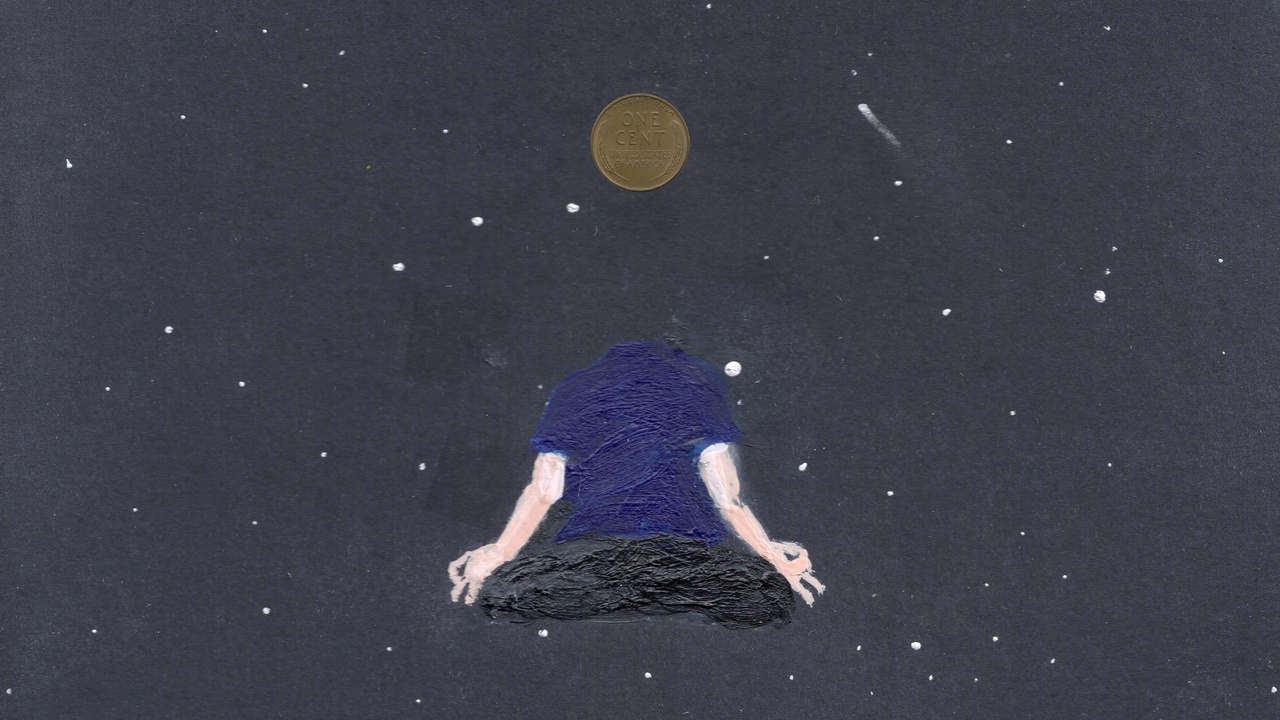The image of an evil (and often horned) deity has haunted most major religions for thousands of years. Called by hundreds of names, the devil, Lucifer, Shaitan, Beelzebub, or Mephistopheles tends to symbolize evil and, usually, knowledge.
The image of the devil as we know him today was actually invented by Christians. It’s even possible that the Catholic vision of Satan was actually based on the Catholic perception of Islam. In general, Satan tends to embody most of what cultures fear—which tends to be rooted in xenophobic fears of other cultures, not actual evil. In the end, fear of Satan is always linked to fear of the unknown.
One common misperception about Satan-worship is that Satanism itself is as old as Christianity. Actually, Satanism as an organized religion arose around 1966. And most of what you think you know about it is wrong.
A Brief History of Satanism
The first Satanic Church was founded in 1966 by Anton LaVey, who had the idea for the Church as a sixteen-year-old working as an organ player at a carnival. “On Saturday night I would see men lusting after halfnaked girls dancing at the carnival, and on Sunday morning when I was playing the organ for tent-show evangelists at the other end of the carnival lot, I would see these same men sitting in the pews with their wives and children, asking God to forgive them and purge them of carnal desires,” he wrote once. “And the next Saturday night they’d be back at the carnival or some other place of indulgence. I knew then that the Christian Church thrives on hypocrisy, and that man’s carnal nature will out!”

LaVey went on to become a famous paranormal researcher and organ player, and eventually he founded the Order of the Trapezoid, a group that would later become the Satanic Church.
Like every religion, Satanism can’t be distilled down to certain principles. It’s ultimately defined by whoever is practicing or studying it. Of course, Satanism—like every religion—can and has been used for evil. But it can also do good.
Basic Principles
What do Satanists actually believe? Well, there are many different forms of Satanism, though none of them involve (or condone) sacrifice or child abuse. Most Satanists also don’t advocate for doing harm to others, unless they’ve done harm to you. Instead, Satanists tend to take issue with traditional religion’s emphasis on dogma, shame, and forgiveness, instead choosing to focus on the present and the self.
The two primary chapters of Satanism that exist are an atheistic chapter, which views Satan as a symbol of liberation and freedom, and a theistic chapter, which believes in an actual embodied deity. Theistic Satanists are the ones that perform rituals and ceremonial magic, and in general they’re the ones who generally give Satanism its reputation for occult activity.
On the other hand, atheistic Satanists (including LaVeyans) believe that Satan is an idea, a symbol of doubt and resistance to oppressive forms of Christianity and other power structures.
These Satanists believe that the self is the only god and that self-improvement, ambition, and pleasure in this lifetime are not sins but rather should be rights that can be exercised without judgment. They don’t precisely advocate for hedonism—instead they propose a form of Epicureanism that praises moderation and values human judgment.
In contrast to many other faiths, most LaVeyan Satanists are not focused on an afterlife or a god. Instead, Satanism focuses on the here-and-now, preaching a gospel of presence and a theory of live-and-let-live.
Do no harm, the Satanists say—unless someone harms you. Let others live as they wish to, unless the way they are living does harm to others. In Satanism, anything goes, as long as all parties consent and are of age. That immediately eliminates animal abuse (animals cannot consent), child abuse, and harm to others who do not directly, intentionally, and repeatedly do harm to oneself.
Satanism doesn’t criticize consensual love between two or more people, no matter what kind of love that looks like; and it doesn’t condemn darker emotions. “A Satanist doesn’t deny that those carnal instincts exist, burying them deep in our subconscious to the point that they well up and explode,” says Joel Ethan, a Church of Satan spokesperson. “Rather we embrace them as part of our DNA and make rational decisions about how best to act on them. Satanists are pragmatists: we see life as the great indulgence and want to enjoy it to its fullest for as long as we can.”
It doesn’t condemn people for their so-called sins; in fact, it blames Christianity’s obsession with guilt for many human problems. “By making their followers feel inferior, the awesomeness of their god is insured,” says the Satanic Bible, written by LaVey. “Satanism encourages its members to develop a good strong ego because it gives them the self‐respect necessary for a vital existence in this life.”
LaVey’s Satanic Bible—the religion’s seminal text—features nine principles:
1 Satan represents indulgence, instead of abstinence!
2 Satan represents vital existence, instead of spiritual pipe dreams!
3 Satan represents undefiled wisdom, instead of hypocritical self‐deceit!
4 Satan represents kindness to those who deserve it, instead of love wasted on ingrates!
5 Satan represents vengeance, instead of turning the other cheek!
6 Satan represents responsibility to the responsible, instead of concern for psychic vampires!
7 Satan represents man as just another animal, sometimes better, more often worse than those that walk on all‐fours, who, because of his “divine spiritual and intellectual development,” has become the most vicious animal of all!
8 Satan represents all of the so‐called sins, as they all lead to physical, mental, or emotional gratification!
9 Satan has been the best friend the church has ever had, as he has kept it in business all these years!
Satanism Today
LaVey and his principles sparked a movement that has grown and changed with the times. There is no one single form of Satanism today, but it certainly still exists—and it’s changing along with the times. Satanism surged in America in the ’80s and ’90s (and sparked a subsequent Satanic Panic). Over the years, with the help of the Internet, Satanism began to spread overseas. It’s also experienced a bit of a new wave in the 2010s in America, gaining traction as newfound interest in the occult spiked.
Like many counterculture movements, Satanism tends to gain popularity during a period of economic and social instability. The past few years have seen the rise of a multitude of Satanic organizations and efforts. The recently formed and very progressive Satanic Temple views Satanism as an activist movement. Its purpose is “to encourage benevolence and empathy among all people, reject tyrannical authority, advocate practical common sense and justice, and be directed by the human conscience to undertake noble pursuits guided by the individual will,” according to the group’s website. A nontheistic organization, the Satanic Temple is dedicated to activism and equality.
All this having been said, Satanism on the whole is certainly not without its flaws. Like every religion, Satanists can be wicked, and Satanism can be used to justify cruelty. When interpreted the wrong way, it emphasizes revenge in a way that too easily might lend itself to violence.
But there is something vaguely compassionate about Satanism. It isn’t about feeling guilty or condemning oneself or swallowing anger and forgiving at all costs. It condemns hypocrisy and denial above all else. It embraces the fact that humans are animals, no worse or better than the ground we stand on—but for some reason we’ve been placed here on this earth and given the ability to question why. We don’t have to pretend to be holy or flawless or anything other than our true selves.












